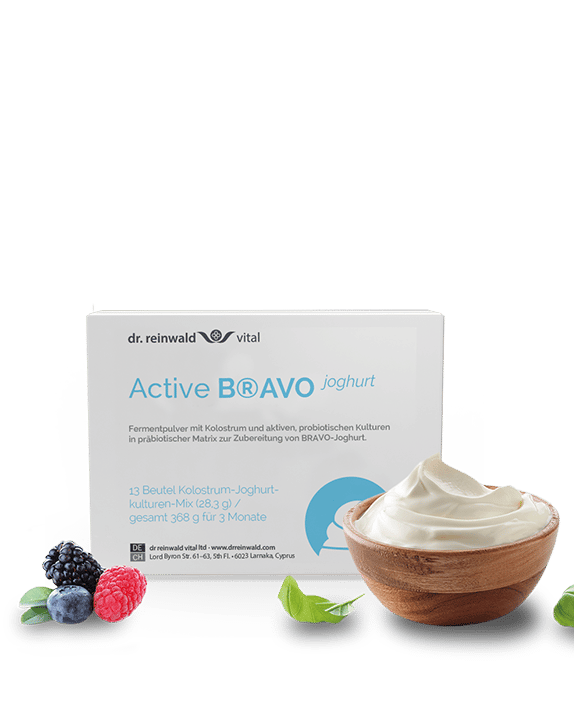Granny’s Superfood: The good old bone broth
Fermentation and bone broth are similar to ketogenic nutrition: it is currently experiencing a renaissance, and especially in the USA, it is virtually a hype. Our modern medical knowledge of protein and fat metabolism confirms what could only be suspected in the past: consommé is nutritious, good for the intestines and awakens the spirit. But why is that?
The secret of nutrition
Marrowbone, cartilage and periosteum contain collagen, which is converted into gelatine by the heat and gives the soup its taste body, its texture. Through the long simmering process, the nutrients obtained can build up a very special aroma, which the Japanese call “Kokumi” and Europeans “mouthful”. This unique fullness of taste is mainly due to the resulting combination of glutamic acid, fatty acids, minerals and trace elements and to amino acids that are released by long cooking.
So rich, so good
Especially in cases of gastrointestinal problems or a leaky gut symptom (perforated intestine), poorly digested proteins can penetrate the intestinal wall. In this case the lymphatic defence system of our body recognises these as “foreign” and can cause allergic reactions. This is not the case with the smallest building blocks of proteins – the amino acids – or with albumin. And this would also reveal the next secret: proteins are among the nutrients with the greatest allergenic potential. That is why a broth in which the food components are converted into the smallest molecules by long cooking (at least 3 hours) is not only aromatic, it simply does us good in several ways: it tastes good, warms us and helps us to regain our health more quickly.
Our recipe tip
Self-made bone broth
(bones of cattle, pigs or chickens)
Ingredients:
- 1.5 kg of beef, pork or chicken bones (preferably organic and not from factory farming!)
- 2 pieces of celery, chopped
- 1 medium yellow onion, chopped
- 8 cloves of garlic, pressed or chopped
- 2 bay leaves
- 2-3 teaspoons sea salt or crystal salt, finely ground
- 2 tablespoons coconut vinegar
- Cold, preferably osmosis filtered water
- 1/2 cup fresh herbs, especially rosemary (also thyme, oregano, sage and chervil)
Preparation:
- Place the bones, vegetables, garlic, bay leaves and coconut vinegar in a pot.
- Add enough, if possible filtered water to cover all the ingredients.
- Now add the herbs of your choice.
- Bring to the boil on high heat and let it boil for about 30 minutes. Reduce the heat and let it simmer slightly.
- Now you cook the whole thing on a very low heat for at least 3 hours up to 1-2 days. The longer you cook, the more gelatine and minerals are extracted from the bones.
- When the broth is ready, pass it through a sieve and throw the solid residues into the garbage.
- You can now enjoy the finished broth or deep-freeze it in portions, so you always have a good basis for soups or the like at home.
Additional tips:
- Always add a dash of good vinegar to the meat broth. It helps to extract the valuable minerals from bones so that they become components of the broth and at the same time neutralise the acidity of the vinegar.
- Roast the bones beforehand at 190° C (375° F) for 50-60 minutes for smaller bones. For chickens, use the legs, as they contain more collagen and thus help thicken the broth more. Roasting gives the soup additional flavour and a brownish colour. Alternatively, you can prepare the broth without roasted bones and achieve the crispness by roasting onions. We personally prefer fish, beef and chicken over pork.
- Cover the roasted bones with cold, filtered water (osmosis filtered is best). The purer the water, the clearer the broth. In addition, the cold water also dissolves certain proteins such as albumin from the bones, which makes the broth even clearer.
- Add herbs and vegetables to suit your personal taste. By the way, rosemary is particularly suitable for dissolving calcium from the bones.
Did you know…?
A broth prepared from bones has clear culinary and also health advantages over a simple beef, chicken or vegetable broth. It has a more intense taste and has not only additional nutritional and physiological advantages due to the collagen released from the bones, cartilage and marrow. The collagen is the basis for natural thickening, so there is no need for roux, as it only mixes unnecessary unhealthy carbohydrates into a recipe through processed extract flours.
To obtain the clearest and most nutritious broth possible, fresh ingredients such as vegetables, herbs, meat and bones are essential. The fat layer that forms on the surface of the soup after it has simmered and cooled down can be skimmed off. To skim off the coarse fat of the warm soup at the end of the cooking process, a fine sieve with an additional cloth is required. Don’t make the mistake of sifting the broth through a wipe-and-go kitchen cloth! This will dissolve the substances present in the cloths such as chlorine bleach poison and glyphosate. Both substances are suspected to be carcinogenic. When finely sieving food, always use a linen cloth, which you can then wash again.
Products based on fermentation
Probiotic powder mixture with active bacteria cultures and colostrum
Make your own BRAVO yoghurt and supply your gut and microbiome with more than 40 probiotic cultures and natural immunostimulating antibodies from colostrum.
To support the immune system
Fermentation concentrate with vitamin C and living lactic acid bacteria
MyREGULATE provides over 1 billion lactic acid bacteria per ml for your microbiome thanks to: beetroot extract, vitamin C and live lactic acid bacteria in a base of lactic acid fermented barley malt.
To support the immune system


